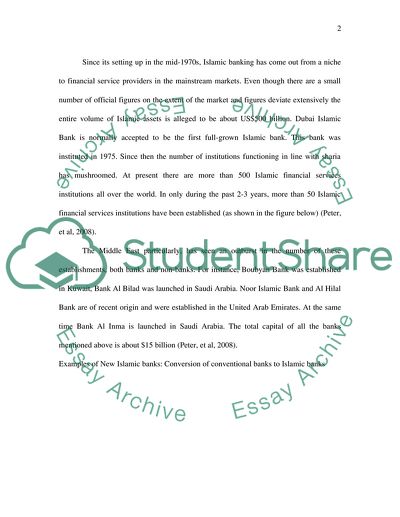Cite this document
(Scope of Islamic Banking Coursework Example | Topics and Well Written Essays - 3250 words, n.d.)
Scope of Islamic Banking Coursework Example | Topics and Well Written Essays - 3250 words. Retrieved from https://studentshare.org/finance-accounting/1736562-islamic-banking-key-features
Scope of Islamic Banking Coursework Example | Topics and Well Written Essays - 3250 words. Retrieved from https://studentshare.org/finance-accounting/1736562-islamic-banking-key-features
(Scope of Islamic Banking Coursework Example | Topics and Well Written Essays - 3250 Words)
Scope of Islamic Banking Coursework Example | Topics and Well Written Essays - 3250 Words. https://studentshare.org/finance-accounting/1736562-islamic-banking-key-features.
Scope of Islamic Banking Coursework Example | Topics and Well Written Essays - 3250 Words. https://studentshare.org/finance-accounting/1736562-islamic-banking-key-features.
“Scope of Islamic Banking Coursework Example | Topics and Well Written Essays - 3250 Words”, n.d. https://studentshare.org/finance-accounting/1736562-islamic-banking-key-features.


